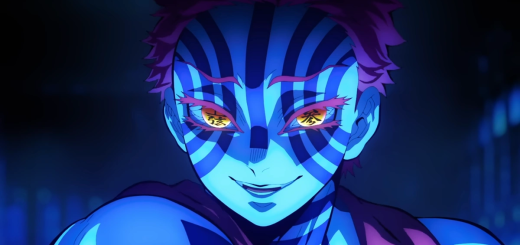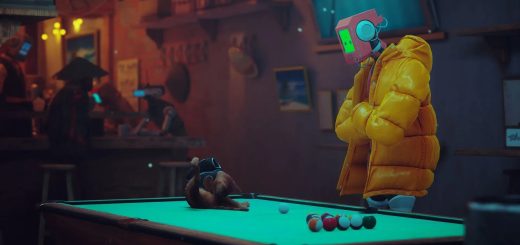What's actually going on with Halo Infinite's graphics?
It’s fair to say that the response to Microsoft’s gameplay reveal for Halo Infinite in its July 2020 Xbox Games Showcase has proven divisive – to the point where even mainstream media are reporting about the mixed reactions, but looking at the core rendering technologies on display in the gameplay slice, what can they tell us about the presentation? If the game stands accused of looking ‘flat’, why is that and what can be done about it?
First of all, initial impressions matter and beyond the rendering on display, Halo Infinite’s presentation suffered significantly from the low quality livestream – the way that most of the audience will have initially experienced the content. “It’s very hard to show the full power and graphical fidelity of what Xbox Series X will be able to deliver for you over a stream. Go back and look at it in 4K60,” suggested Xbox games marketing GM, Aaron Greenberg to Inside Gaming (and picked up by IGN). Unfortunately, the only 4K60 asset available is still a compromised YouTube video but the point undoubtedly stands: reviewing the ultra HD version highlights a lot of detail that was blurred and smeared into non-existence via the livestream – and we do recommend checking out the better quality version.
Fine detail is only one element of the presentation under fire though. The main criticism levelled at the game seems to be that it looks ‘flat’ and ‘current-gen’. If that’s the case, a lot of the effect here is down to lighting, where 343 Industries’ new Slipspace engine transitions not only from a linear experience to an open world but also shifts to a fully dynamic lighting system. It’s a massive departure from Halo 5, which was mostly based on pre-calculated ‘baked’ lighting and shadows, backed up by a handful of shadow casting lights.
The advantage of transitioning to a dynamic lighting system is an increase in realism and more flexibility – an accurate time of day lighting set-up can be incorporated, for example. Indeed, the gameplay trailer does seem to show a very, very slight shift in TOD during the action. A system like this is entirely at odds with the most standard static lighting system – where The Last of Us Part 2 exhibits one of the best examples. Static lighting saves a lot of performance, and indirect light bounce can also be simulated relatively cheaply – but the vast bulk of the effect is achieved via offline pre-calculation or ‘baking’. The end results can be spectacular, but there are many downsides – like dynamic objects being lit entirely differently to static ones, leading to visual discontinuity. It’s also very time-consuming to precalculate and even the smallest changes add hugely to iteration times. Either way, dynamic lighting and shadowing as seen in Halo infinite is more expensive but has the advantage of processing dynamic and static screen objects in the same fashion, so nothing sticks out, everything is treated equally and the scale and scope in lighting options in-game is vastly more flexible. With all of this in mind, we can imagine that the many benefits of dynamic lighting are also used in Halo Infinite’s actual game design – of which we’ve only seen a very small sample.


